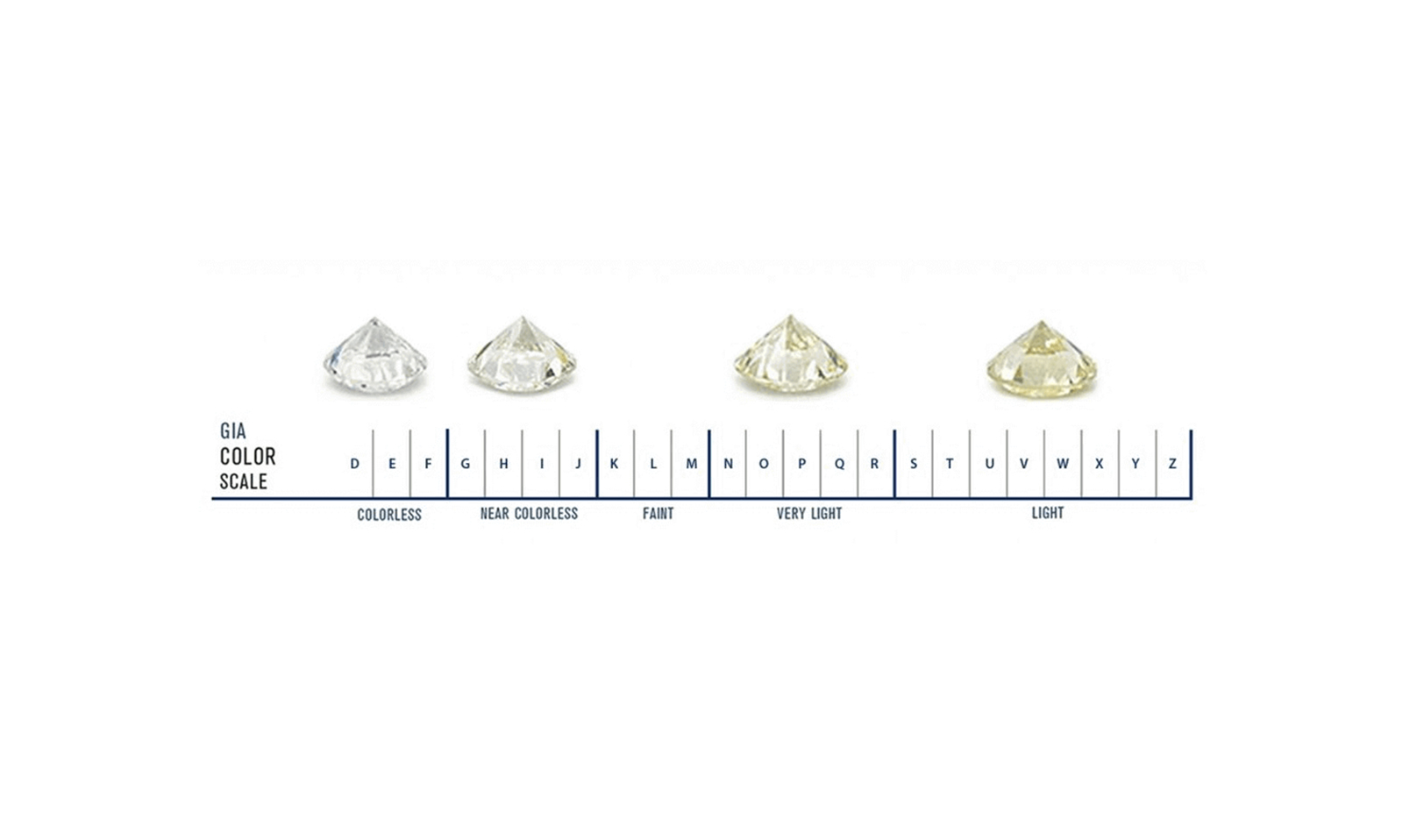Trust in the Diamond Experts
Victoria Taylor, qualified jeweller and Graduate Gemologist from the Gemological Institute of America (GIA), can create the perfect Diamond Jewellery for you.
Kirstin O’Brien (qualified Diamond Essentials and Coloured Gemstone Essential from the GIA) has over 15 years experience in the Jewellery industry and comes from a family of jewellers.
Both Kirstin and Victoria have recently completed a Gemmological Association of Australia Workshop on Natural and Treated Diamonds, Laboratory Grown (Synthetic) Diamonds and Moissanites where they learned more about assessing Lab Grown diamonds and colour treatments in natural diamonds.
Kirstin & Victoria looking at Diamonds
Both Victoria and Kirstin love working with their customers advising on diamond quality, cut and size to create the perfect piece.
Make a complimentary appointment to discuss your diamond jewellery dreams…
SELECTING A DIAMOND
When selecting a diamond there are some terms used by the jeweller to help you find the perfect stone for you.
These fall under the criteria used by diamond graders and the certificate of your diamond will make reference to these “Four C’s”:
Colour, Clarity, Cut and Carat weight.
Colour
Colourless diamonds are the most desirable since they allow the most refraction of light (sparkle). Thus the whiter a diamond's colour, the greater its value.
To grade 'whiteness' or colourlessness, most jewellers refer to GIA's professional colour scale that begins with the highest rating of D for colourless, and travels down the alphabet to grade stones with traces of very faint or light yellowish or brownish colour.
Diamonds graded G through I show virtually no colour that is visible to the untrained eye. Also think about what colour precious metal you will be using for your setting - if you like white gold, palladium or platinum, then we would suggest a higher grade colour for your diamond choice.
NOTE: Fancy colour diamonds do not follow this rule. These diamonds, which are very rare and very expensive, can be any colour from pink, blue, green to bright yellow. They are actually more valuable for their colour.
Cut
Cut is probably the most important quality factor, and most challenging, of the four Cs to understand.. A good cut gives a diamond its brilliance, which is that brightness that seems to come from the very heart of a diamond. The angles and finish of any diamond are what determine its ability to handle light, which leads to brilliance. The cut doesn’t actually refer to the shape of the diamond (eg: round, pear, princess, emerald shapes).
When a diamond is well-cut, light enters through the table (top surface of the diamond) and travels to the pavilion (the bottom point of the diamond) where it reflects from one side to the other before reflecting back out of the diamond through the table to your eye. This is what gives a diamond it’s sparkly brilliance... and why when you wear one its hard to take your eyes off it!
In a poorly cut diamond, the light that enters through the table reaches the facets and then 'leaks' out from the sides or bottom of the diamond rather than reflecting back to the eye. Less light reflected back to the eye means a less sparkly stone.
Clarity
Most diamonds contain some inner flaws (called “inclusions”) that occur during the formation process. The visibility, number and size of these inclusions will give us a “clarity” rating of a diamond. Diamonds that have fewer inclusions create more brilliance and are therefore more highly sought-after (and priced). Diamonds are graded for clarity under 10x loupe magnification. Here are the ratings:
F Flawless: No internal or external flaws. Extremely rare.
IF Internally Flawless: no internal flaws, but some surface flaws. Very rare.
VVS1-VVS2 Very Very Slightly Included (two grades). Minute inclusions very difficult to detect under 10x magnification by a trained gemologist.
VS1-VS2 Very Slightly Included (two grades). Minute inclusions seen only with difficulty under 10x magnification.
SI1-SI2 Slightly Included (two grades). Minute inclusions more easily detected under 10x magnification.
I1-I2-I3 Included (three grades). Inclusions visible under 10x magnification AS WELL AS to the human eye. We do not recommend buying diamonds in any of these grades.
Remember that just because a diamond has some inclusions it doesn’t make it less beautiful to look at. Some people decide to choose a larger stone with a VS1-VS2 clarity, while others prefer to have a smaller stone with less inclusions (in the VVS1- VVS2 clarity rating). This is a personal choice and nobody looking at the stone (unless under a jeweller’s loupe) would ever know the differences.
Diamond Shapes
When a diamond is mined from it’s source it doesn’t look particularly glamorous. Because they are natural crystals formed in the earth over millions of years it takes a diamond cutter’s skills and a jeweller’s expertise to make the diamond into a sparkling brilliant work of art. A cutter's skill will produce a diamond of the greatest size with the fewest flaws and the most brilliance out of that rough piece of crystal from the ground. The diamond cutter will work out which is the best shape to cut the stone. Here are some of the different shapes which you can choose from:
Round Brilliant Diamonds
This shape has set the standard for all other diamond shapes, and accounts for more than 75% of diamonds sold today. It has 58-facet cuts, divided among its crown (top), girdle (widest part) and pavilion (base) which are calibrated through a precise formula to achieve the maximum sparkle, sometimes termed “fire” or “brilliance”.
Oval Diamonds
An even, perfectly symmetrical design popular among women with small hands or short fingers. Its elongated shape gives a flattering illusion of length to the hand.
Heart Shaped Diamonds
This ultimate symbol of romance is essentially a pear-shaped diamond with a cleft at the top. The skill of the cutter determines the beauty of the cut. Look for a stone with an even shape and a well-defined outline.
Princess Cut Diamond
This is a square or rectangular cut with numerous sparkling facets. It is a relatively new cut and often finds its way into solitaire engagement rings. Flattering to a hand with long fingers, it is often embellished with triangular stones at its sides. Because of its design, this cut requires more weight to be directed toward the diamond's depth in order to maximize brilliance. Depth percentages of 70% to 78% are not uncommon.
Radiant Cut Diamonds
This square or rectangular cut combines the elegance of the emerald shape diamond with the brilliance of the round, and its 70 facets maximize the effect of its color refraction. Because of its design, this cut requires more weight to be directed toward the diamond's depth in order to maximize brilliance. Depth percentages of 70% to 78% are not uncommon.
Marquise Diamonds
An elongated shape with pointed ends inspired by the fetching smile of the Marquise de Pompadour and commissioned by the Sun King, France's Louis XIV, who wanted a diamond to match it. It is gorgeous when used as a solitaire or when enhanced by smaller diamonds.
Pear Shaped Diamonds
A hybrid cut, combining the best of the oval and the marquise, it is shaped most like a sparkling teardrop. It also belongs to that category of diamond whose design most complements a hand with small or average-length fingers. It is particularly beautiful for pendants or earrings.
Emerald Cut Diamond
This is a rectangular shape with cut corners. It is known as a step cut because its concentric broad, flat planes resemble stair steps. Since inclusions and inferior color are more pronounced in this particular cut, try to select a stone of superior clarity and color.
Trilliant Diamonds
This is a spectacular wedge shape of sparkle. First developed in Amsterdam, the exact design can vary depending on a particular diamond's natural characteristics and the cutter's personal preferences. It may be a traditional triangular shape with pointed corners or a more rounded triangular shape with 25 facets on the crown, 19 facets on the pavilion, and a polished girdle.
Cushion Cut Diamond
An antique style of cut that looks like a cross between an Old Mine Cut (a deep cut with large facets that was common in the late 19th and the early 20th centuries) and a modern oval cut.
The shape of things to come in diamonds has already produced other fanciful and innovative styles such as the flower, cloverleaf, triangle and kite. Nor does it stop there. Some cuts are variations on standard shapes, others spin off the natural crystal formation of the stone, and still others take the idea of shape to revolutionary new heights. Individuality and taste determine the fashion, and the magic of the gem cutter transforms each stone into a unique work of art.


















